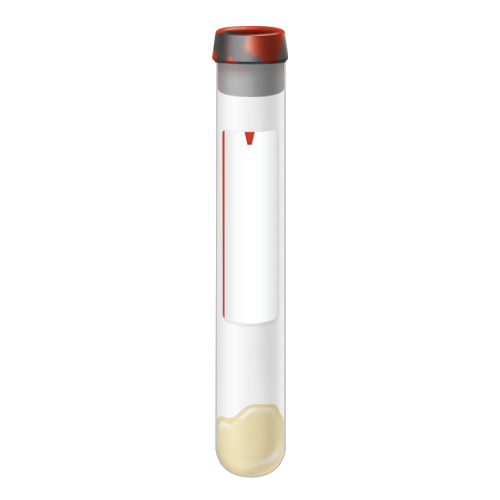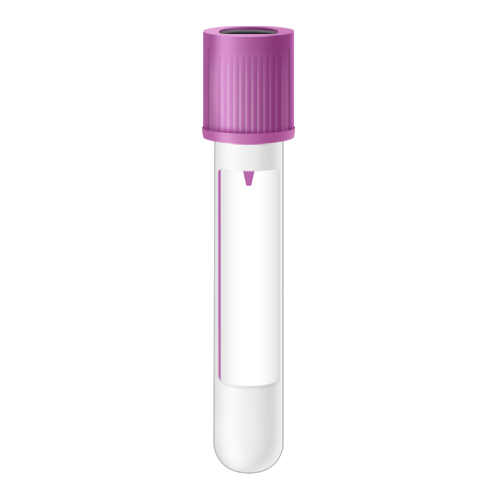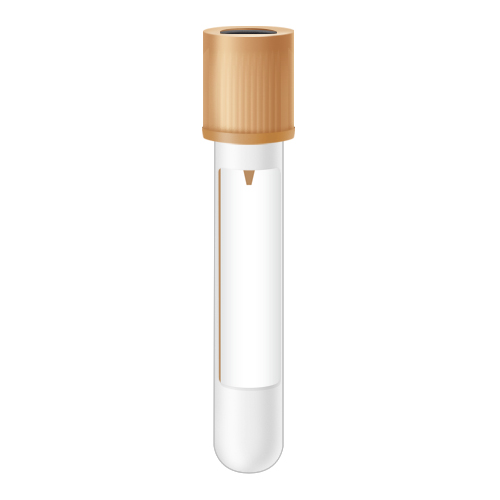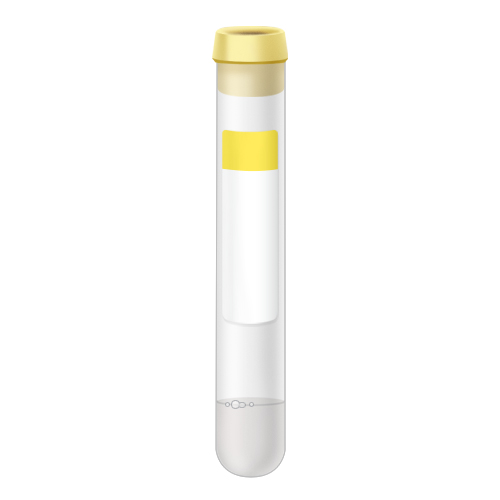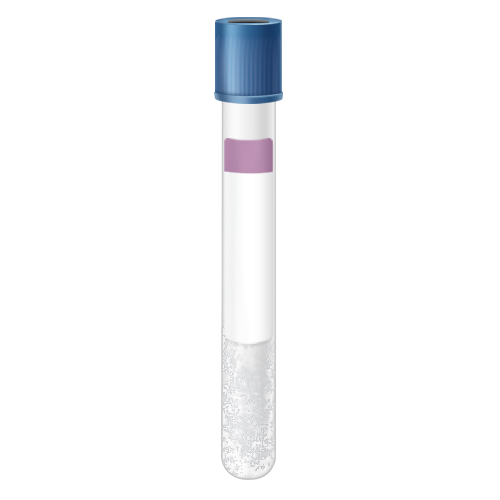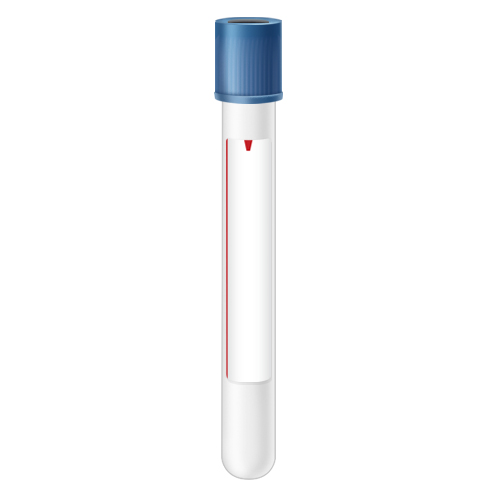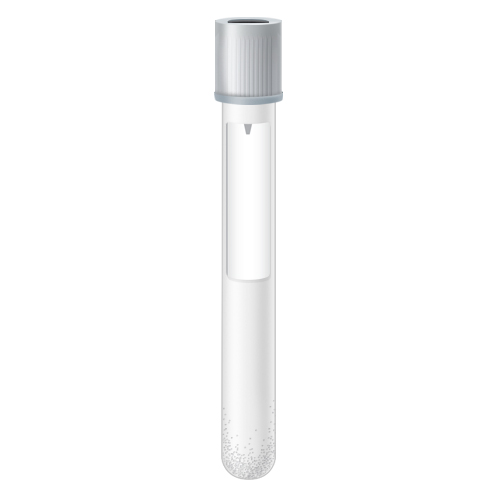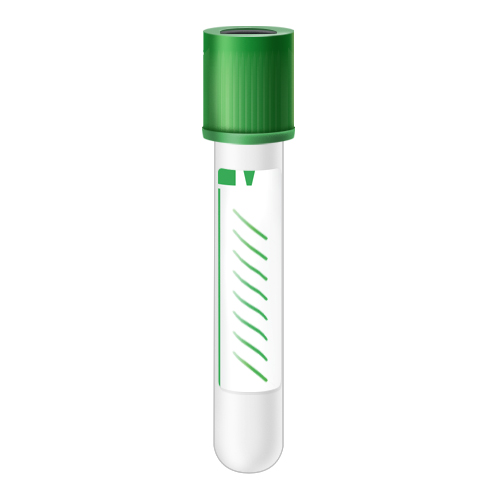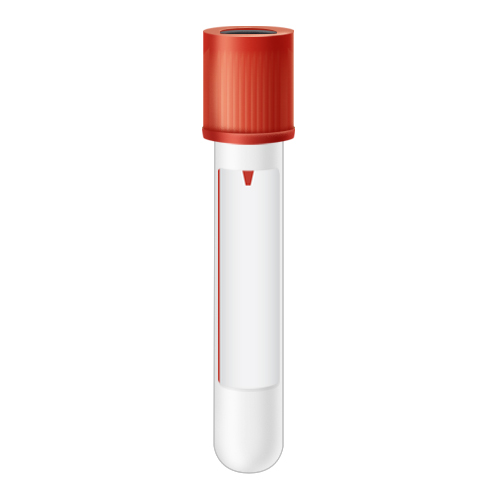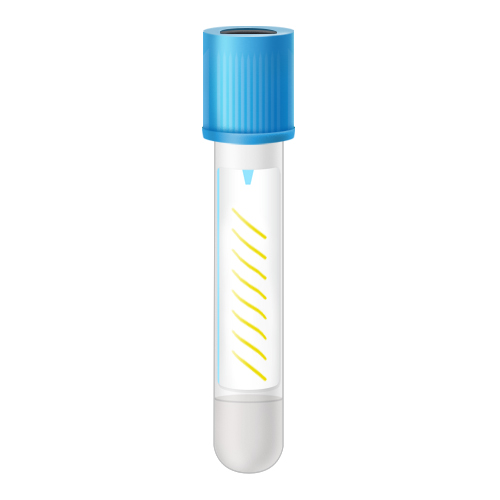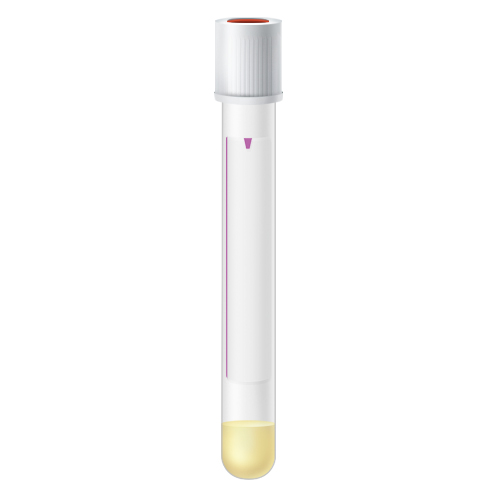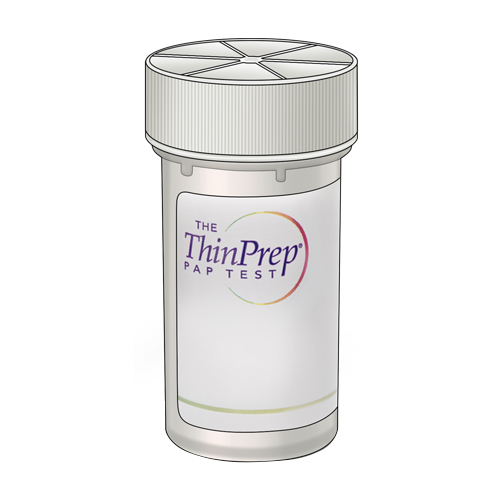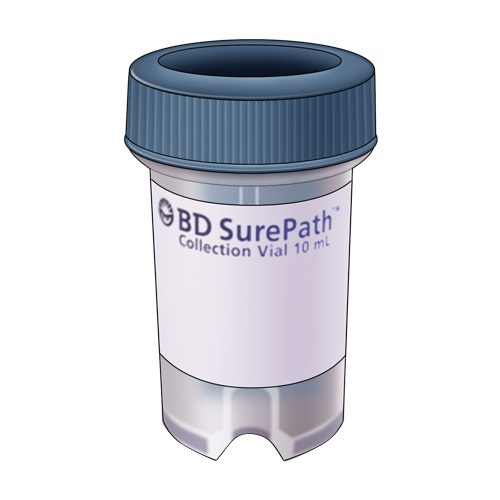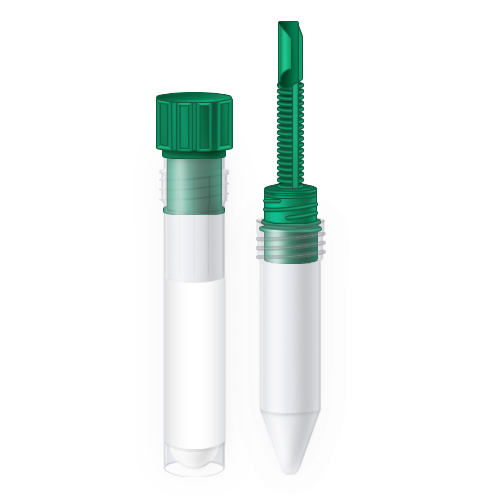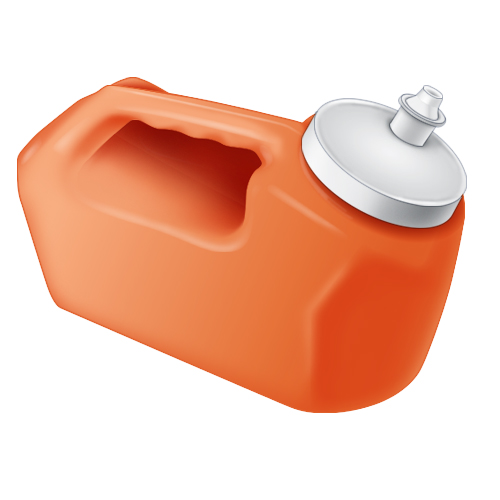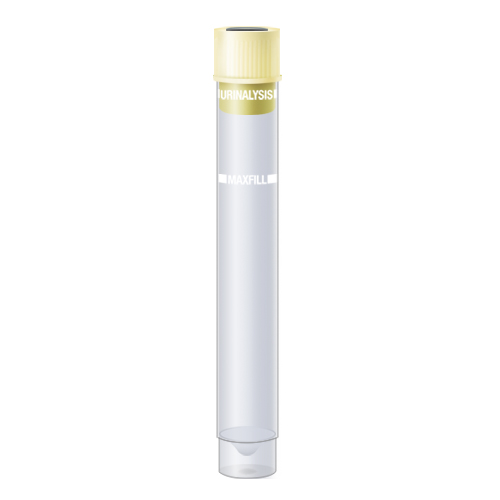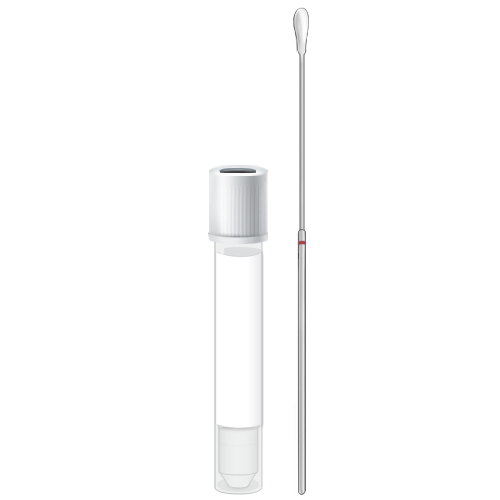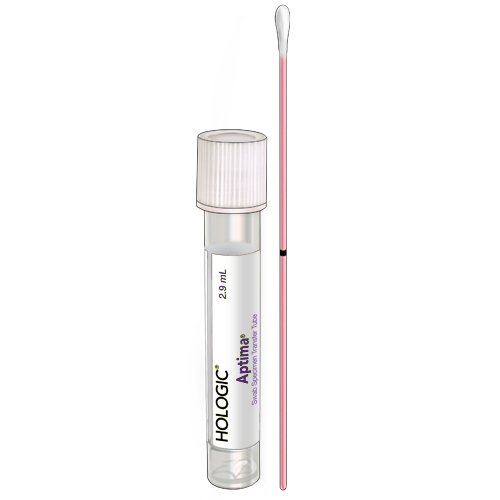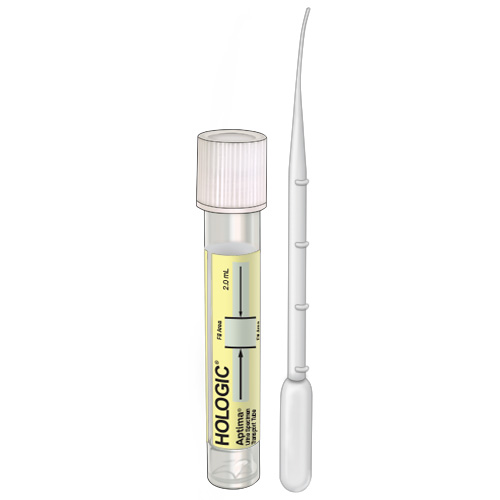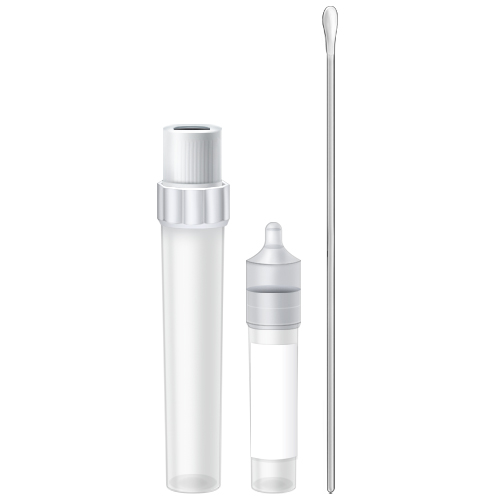Billboard
Completing the 2020-2021 NFL season in the midst of a pandemic was already a herculean task. But putting on a traditional Super Bowl halftime show inside Raymond James Stadium in Tampa Bay, Florida, as COVID-19 continues to rage across the nation seemed like a bridge too far after a year when live performance and big public spectacles almost entirely vanished.
So, how did the league and halftime producers DPS and executive producers Roc Nation and Jesse Collins pull off what seemed like the impossible with The Weeknd on Sunday night (Feb. 7)?
Planning. Tons and tons of planning, testing, re-testing, mind-boggling logistics and a level of organization worthy of a general headed into war.ARTIST MENTIONEDThe Weeknd
“There’s a lot of pressure on artists who are involved in what is probably one of the most high-profile events you can do,” Dave Meyers tells Billboard. Meyers, an executive in charge of production for Diversified Production Services — the expert broadcast and live entertainment event veterans behind such shows as the Global Citizens Festival, iHeartRadio Music Festival and the Roots Picnic — says one of the first things DPS did when they were lining up vendors for lighting, video and staging was to lock in their COVID compliance source, Marsh Risk Consulting, who had six previous Super Bowls worth of experience.
But that was just the first level of safety protocols DPS laid down before they even thought about flying in more than 1,072 staff, performers and on-the-ground production crew to pull off the 14-minute extravaganza that made use of the three-quarters empty stadium in a way no halftime performance ever had. Billboard asked Meyers to break down the key factors that led to the successful production.
Pre-Game
Once the roster of all staff was complied, Marsh Risk worked with the credentialing crew to cross-reference all travel schedules to ensure that everyone was tested before they left their home city in order to identify anyone who was sick or a potential COVID carrier prior to touching down in Tampa. “We wanted to make sure nothing was brought to the worksite that would jeopardize the show, so we did mass mailings to everyone,” he says of the nearly 1,100 home tests. Each recipient then took the test over a live Zoom chat with a nurse who walked them through the procedure, with all local staff similarly tested.
More testing
After the initial test, Meyers says his team set up a testing cadence based on positions in the show, with everyone getting re-tested at a minimum of every 24 to 48 hours until showtime. Once staffers were on site, they got an email blast every morning informing them if they were on testing protocol that day, with an entertainment crew check-in tent set up in on the perimeter in the Raymond James parking lot. “Anyone setting foot in the entertainment compound was held to this higher standard of testing protocols every 48 hours,” says Meyers of staff involved in the pre-game and halftime entertainment. Meyers says the longest he waited in line to get a test from BioReference Labs — which handled all the NFL’s testing this season — was around two minutes.
“You’d go in and get a test, or if you were already tested, you’d bypass it and walk into the stadium,” he says, noting that the entertainment crew had a more rigid testing protocol than concessions workers or some other stadium staffers. Everyone also had to go through a daily health screening using the PolicyPath app, which asked how they were feeling, whether they’d had contact with anyone who might have COVID or if they were running a temperature. Once the daily app check-in was completed, the staffer walked to the next tent and showed their PolicyPath green light to get a health screening wristband that allowed them to go through security with their updated credentials and cross over the perimeter onto the stadium grounds.
After that, the staffer had to show their pass upon entering each layer of credentialed access, going through bar code scanners that would help contract tracers track down potential exposure to a sick staffer. “It was to your advantage to be scanning in and out everywhere,” Meyers says, explaining that any positive test would result in a flagged credential that would stop that person from advancing further into the stadium.
Positivity rate and back-up staff
Meyers says the overall positivity numbers for the site were around 0.4%, with the halftime entertainment team’s lower than that, a figure he was “absolutely” happy with; according to the CDC, the overall percentage of respiratory specimens testing positive for COVID-19 last week was around 9.7%. “With just our core group we’ve done 7,400 tests over the time we’ve been here,” says Meyers, who did not give specific positive tests rates in a chat with Billboard that took place on Sunday morning, just hours before the game. While most of the staff underwent testing every 48 hours, around 80 “critical” team members got tested every day, including talent, directors, producers and camera operators.
In addition, every vendor was told to submit additional credentials in the event that someone fell ill; for instance, if the pyro team had 10 people on it, there were another 10 sitting at home who were already in the credential system and background checked by the NFL ready to fly in as replacements as soon as they completed their home tests. Those back-ups were on all the pre-event conference calls and email distro lists as well so they could be ready to step up at a moment’s notice.
Supplies
In total, Meyers’ team were issued more than 25,000 KN95 masks and during rehearsals all performers and staff had to wear face shields, with more than 1,000 distributed. “When you were around talent, dancers or choir members they were all wearing face shields and masks as soon as they entered the stadium perimeter,” says Meyers. The PPE expenses, which he declined to specify, but characterized as “a lot,” were all paid for by the NFL, which also distributed copious amounts of hand sanitizer and put up hundreds of posters reminding everyone to practice safe COVID-19 protocols in the stadium and at hotels. “Safety was at the top of everyone’s mind and so if we got on the phone and heard that someone was at their hotel and a hotel employee was not wearing a mask, the NFL would call the G.M. of the chain and remind them of the protocols,” says Meyers.
Transportation
The Super Bowl would employ 20-25 15-seat Sprinter vans to shuttle performers and staff to-and-from the hotel and stadium, or to make runs to buy guitar strings or other essentials in the weeks leading up to game day. Unable to cram that many people into small spaces this year, Meyers’ team rented more than 300 cars and put staffers into two-person pods, with each pair coordinating their schedules and call times. The normal 50 x 10-foot office trailers for such huge productions were also scaled down from 20-capacity to a socially distanced five or six per trailer. “The parking numbers were astronomical,” Meyers says of the extra spaces needed for so many vehicles. The trailer rental totals, which he also declined to specify, were also easily two-to-three times normal.
In addition, golf carts and Gators used to shuttle staff around the stadium were scaled back to just two-three people per trip rather than the 4-5 or more. “If this was a normal year and I went to the NFL and said ‘I need 300 parking passes’ they would lose their minds,” Meyers says. “That’s an insane number, but because of the decreased capacity in the stadium we had more freedom in other areas.”
Budget
A normal event like this would have a budget broken down in predictable ways, Meyers says, such as 10% for lighting, 10% for stage design, then appropriate amounts for talent, hotel, transportation, etc. But COVID compliance has become a “new line item that dwarfs them all,” with the halftime production spending as much on COVID safety as they did for lighting and video combined to support a performance that notably had a dazzling array of both. “Those are two fairly large numbers, so [the COVID layout] is astronomical when you combine it with the loss of ticket sale revenues associated with these events.”
Meyers says the successful mounting of the ambitious halftime show — which made use of large portions of the stadium that would not normally be available if it were filled to 65,000-plus capacity for the game — is proof that it is possible, if costly, to do a show of that size safely during these uncertain times. “With testing, face masks, social distancing protocols in catering, hotels and in the stadium we know how do to this,” he says. But with tests running $200 each on top of PPE and contact tracing, the finances of pulling a safe primetime-worthy SB halftime show are obviously a major consideration until the pandemic begins to wane.
“Until the testing numbers come down… I don’t think it will ever go away, you’re always going to have a part of our health and safety now in your budget that’s never really existed before,” he says. “But that number really needs to come down substantially and ticket revenue needs to return to put the formula back in balance where it makes sense financially to execute a show.”
Click here for original post on Billboard website

